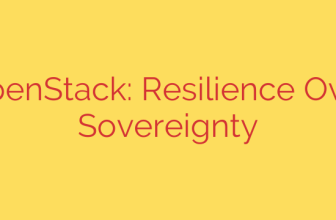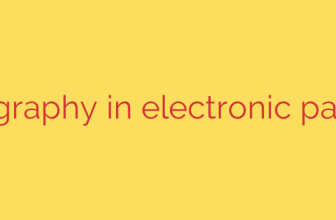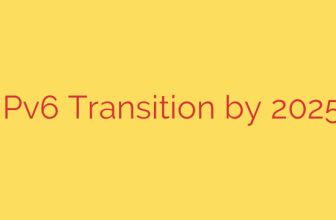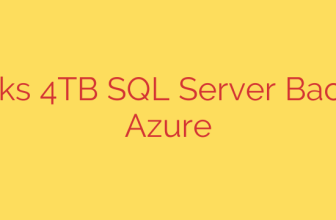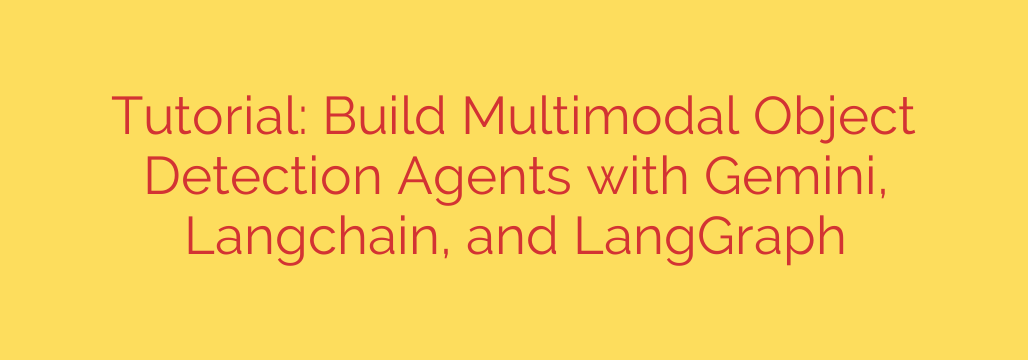
Building sophisticated AI agents capable of understanding the world beyond just text is a critical step in modern AI development. Creating agents that can interpret visual information, like identifying objects within an image, alongside textual instructions requires a powerful multimodal approach.
Achieving this level of capability is made practical by leveraging cutting-edge tools. By integrating a robust multimodal AI model like Gemini with orchestration frameworks such as Langchain and state-management libraries like LangGraph, developers can construct dynamic agents.
The core idea is to pipeline different AI capabilities. Gemini excels at processing multimodal input, making it ideal for tasks like object detection from images provided as part of the input prompt. Langchain provides the essential framework to connect these AI models with other components, including tools or other processing steps, allowing for complex workflow design. For building agents that need to maintain context, manage conversational state, or execute tasks requiring iterative logic, LangGraph adds crucial state management and cyclical execution capabilities, enabling more complex and reactive agent behaviors.
Together, these technologies empower developers to build agents that can accept an image and text query, use Gemini‘s computer vision prowess to detect objects, and then use the structured output within a larger Langchain or LangGraph workflow to answer questions, perform actions, or make decisions based on the visual analysis. This combination unlocks significant potential for creating intelligent applications that interact with the real world in a more nuanced way. Mastering the integration of Gemini, Langchain, and LangGraph is key to developing the next generation of powerful, context-aware multimodal AI agents.
Source: https://cloud.google.com/blog/products/ai-machine-learning/build-multimodal-agents-using-gemini-langchain-and-langgraph/




